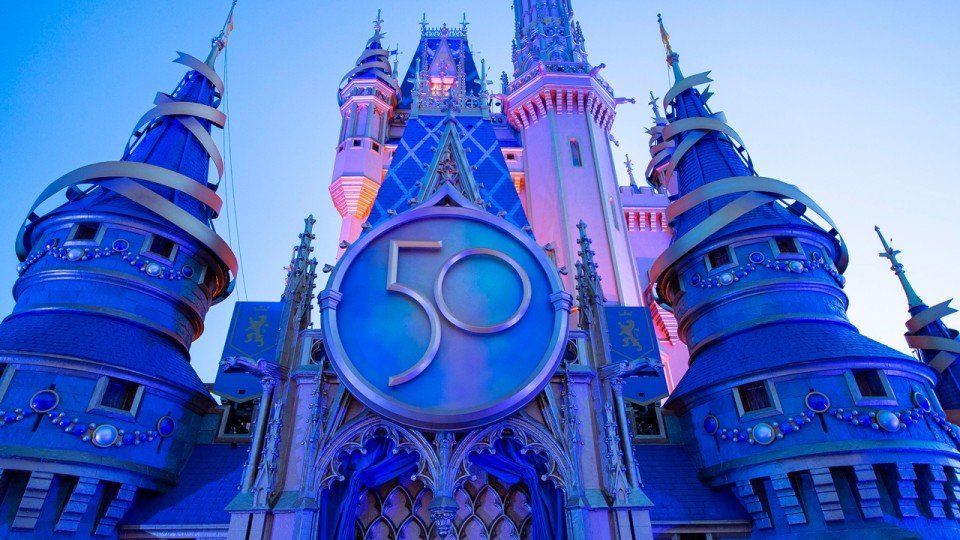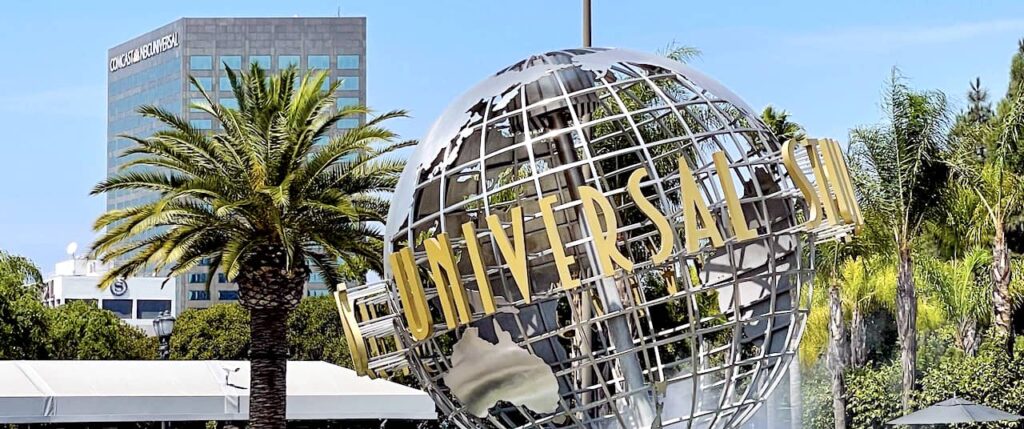June 16, 2025, 11:52 PM ·
The following passage comes from a newspaper article published in 2006.The problem isn’t necessarily the teens in the park — it’s the park itself, which is rundown and expensive. It took forever for a tram to pick me up from the parking lot. Too many drinking fountains were broken. Too many bathrooms were dirty. Too much paint was peeling.But beyond these details, it didn’t feel like an amusement park, with entertainment at every turn and attractions for every demographic. It felt like a collection of roller coasters with a few other rides, concessions and relics scattered in between.Whole areas of the park were all but abandoned. At game booths, employees tried to coax a trickle of passersby into playing. At Bugs Bunny World, the park’s pathetic attempt at a children’s area, a lone tyke rode a silent carousel while the ever-popular teacups sat motionless.This is a story about Six Flags Magic Mountain, written in 2006. That park is, at least cosmetically, in much better shape than it was 20 years ago when financial strain and a booming real estate market threatened to shutter the park for good. Magic Mountain is not at risk of immediate closure. The same cannot be said for other parks in the Six Flags portfolio. I recently wrote about Six Flags America, a park with similar problems to 2006’s Magic Mountain. It is closing because Six Flags believes it will make more money by selling the land it sits on than by operating it. Whether or not that’s true is beside the point. The merger with Cedar Fair meant shareholders wanted to see consolidation. They’re getting it.
Firebird at Six Flags AmericaBefore we get into where this all leads (hint: it’s bad), perhaps we should consider how we got here. No, I’m not going to talk about real estate speculation here. But the closures of Six Flags America and California’s Great America are not happening solely because the land they sit on is increasingly valuable. Disneyland’s popularity inspired the creation of Six Flags Over Texas after Arlington failed to get Walt Disney to build them a park of their own. That park soon became a model for regional theme parks. These parks, while not as grand nor intricate as Disneyland, were no less loved by the locals who visited them. Only one team can have Shohei Ohtani; that doesn’t make you love your favorite team’s star any less. But these good times would not last. There are still great theme parks in the United States outside of Anaheim or Orlando, but they’re becoming fewer and further between. Dollywood and Holiday World are standard-bearers for parks that remain affordable to most American families without feeling like you’re flying on Spirit Airlines.
Professor Screamore’s SkyWinder at Six Flags AmericaThe modern Six Flags experience feels a lot like flying on Spirit, however. Airlines, another American industry hollowed out by rapacious greed, can survive because, come on, how else are you going to get to Paris, Tokyo or Lisbon? Theme parks are, to put it mildly, not essential businesses. Their entire existence hinges on how much fun you have while you’re there. That’s kind of the whole point. So when parks choose to operate their rides inefficiently, cheapen the quality of their food and beverages, let broken water fountains sit idle and neglect the cleanliness of their bathrooms… well, people will find another place to spend their money. Running a theme park always has been a tough business, but it becomes nearly impossible if your entire curb appeal is limited to teenagers looking for safe thrills. Six Flags America and California’s Great America will not be the last parks in the chain to close. Similar rationale will be offered when the time comes. Theme park nerds will rationalize the closures by looking at the park’s RCDB page or comparing it to regional park standouts. But the people who lose out will be locals. People who live in Washington D.C. will need to drive quite a bit farther, assuming they have wheels at all, if they want to visit a theme park. The millions of people who live in Silicon Valley will need to trek across the Bay to Vallejo, assuming Six Flags Discovery Kingdom remains shiny-side up. Or perhaps they’ll stop visiting regional theme parks at all. And then perhaps these parks will become an endangered species rather than merely threatened.
Roar at Six Flags AmericaThis is, of course, not happening in a vacuum. Disney and Universal increasingly are pricing their parks as luxury goods. These are not parks for everyone. They’re certainly not parks for everyone all the time. That was not the case 30 years ago. What happens when theme parks, one of the few mass-culture experiences left in this country, become another bauble for the rich? Certainly, there are more existential threats facing Americans. The world will continue to spin if you don’t have a Six Flags park within an hour’s drive. But the hollowing out of these parks stinks and robs younger generations of meaningful experiences that are enjoyed in public, around strangers. That this coincides with American’s grappling with loneliness and isolation is not a coincidence. If history is an indicator, it will be very interesting to see how the next 20 years unfold.* * *
To keep up to date with more theme park news and commentary, please sign up for Theme Park Insider’s free weekly newsletter.
Replies (6)



